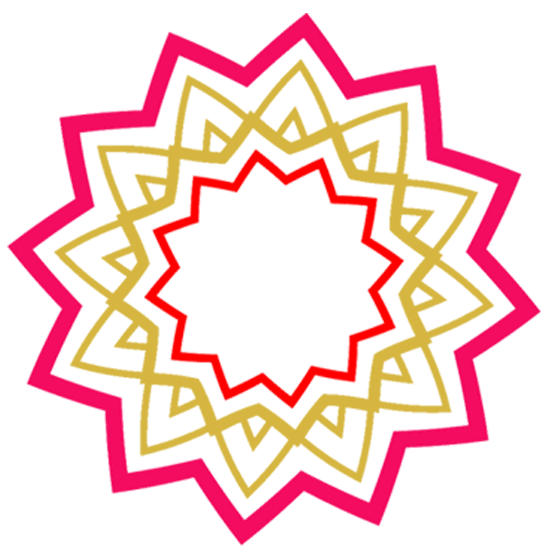If you are running your own business and trying to develop your content strategy, you’ll know it’s a never-ending battle.
Google is like a beast that never stops being hungry; it continuously needs more new and tasty morsels to satiate its hunger. But it always wants more. And more. And more.
You have to make sure you are continually giving value to your audience with your content strategy. What blog to write, what post to create, what email to send, what newsletter to put out. And make sure none of it is repeated but is all somehow linked together, so you are building your relationship with those who are learning to love what you do.
Then ON TOP of that (are you reaching for the wine bottle yet as you feel the panic rising), you have to make sure your content is engaging and building your brand.
Plus, the material lets your clients and potential clients see what your biz and you are all about.

AND you have to make sure within your content strategy you are sprinkling enough calls to action to make them damn well buy. Without, of course, appearing pushy or rude.
Wow, that’s a lot to keep on your plate!
What’s A Good Story When It Comes To Content Strategy?
So this leads you neatly to the next hurdle you have to overcome – coming up with good stories. And you may very well be thinking, ‘how am I supposed to create a good story and good content strategies when my life is, well, really boring?’ You ask yourself why on earth would anybody have any interest in anything you do.
This is where you could be pleasantly surprised.
First, let’s look at what makes a good story.
You need to look at the following areas:
Does your story have some kind of conflict or friction — this can be one of the following:
*Conflict or friction between an expectation and outcome (the power of surprise
*Friction between what we know and what we don’t want to know as all (the power of mystery)
*Conflict between people (here it can be a disagreement or even a fight)
So here’s an example: “Last week I took my dogs for a walk. The sun was out, and we went down the Venice Boardwalk.” You would be waiting for the twist. You would ask: “and?”
The above is not a story.
But if I then continued: “Then the next thing, one of my dogs was sniffing something on the floor, and then grabbed it in his jaws. And I realized with horror it was a dead squirrel. It’s face was frozen in an expression of horror, and it was clearly suffering from rigor mortis.
“And then my dog started shaking his head back and forth. I screamed, and then I dropped his lead along with my other two dogs’ leads. And then they decided to make a bolt for freedom. And I couldn’t work out what to do first – force Enzo to drop the dead squirrel or go after my other two dogs that were running full pelt towards Starbucks after someone on a skateboard.”
You see?
So here is a way you can introduce some friction and conflict in your stories.
How To Plot Your Story Topics In Your Content Strategy
Mistakes
When you are writing an email to cold leads to try and entice them into doing a call so you can let them realize just how darn good working with you or buying your product or service will be.
You decide to do a blind cc to cut down on time as all the people are in the same line of work, and tonight you’re off to meet your mates for a glass of vino.
And then you hit send and realize that no one is blind cc-ed on the mail. They can, in fact, see you have sent the same email to everyone. And then, as you try to hit recall on your send button, the phone rings, and you get distracted, and it’s too late.
Dilemmas
Your friend told you one of your mates was getting heavily into mind-altering medicines and thought it would help them. And you feel you need to warn her she’s making a big mistake. But you can’t let on you know what she’s doing.
Conflicts Between People
When you and someone else (or more people) want the same thing
Have you ever been in the January sales and you reach for a top you really like, and then as you do, someone else reaches for it, and your hands are on the hangar at the same time? And then you smile politely, but both of you tighten your grip on that hangar. Because even though you’re both smiling, you’re both thinking: “I got there first bitch you’re not getting this. I’ve been wanting it for months, and I’ve been waiting for it to go down in price in the sale.” And both of you are waiting to see who will blink first.
When you want the opposite thing to everyone else
When you go on a hen weekend (or bachelorette), depending on where you are in the world, and you happen to be in dry January. And it’s 2 am in the club, and everyone is wasted, and you aren’t, and people are talking to you slurring into your face about two inches from your nose, and all you want to do is go back to the hotel, but there’s no one to go with. And all they want to do is dance to one more song and light up the dance floor, and then go and hit up a takeaway for a greasy burger.
Two people want the opposite thing
When you’re a teenager in a band, you all want to become stars and win a Grammy someday. And the lead singer wants to become and star and win a Grammy someday – but he wants to do it by himself and use the band to give him a leg up.
Mysteries
When you come home, one of your three dogs has moved your shoes. But you never know which one is moving the shoes, and they never ever do it when you are around. Only when you are out.
So you see, you don’t have to be living a fancy jet-set life to come up with stories for your content strategy.
And you don’t even have to refer to yourself when you are creating your stories. I refer to Kim Kardashian in my newsletters, friends (who are nameless), other celebrities, favorite TV shows, my family.
However, now you are thinking, “ok, that’s all well and good, but how do you move a client to DO something while waffling on about your story. How do you incorporate that all-important Call To Action (CTA?)
Adding Your Call To Action In Your Storytelling
Well, there is an art to this. But it isn’t as fancy as you think.
I use the following a lot (and if you are on my email list, you’ll see this all the time in my newsletters:
“Why am I telling you this? Because ___________.”
Or: “This got me thinking about_______________.”
Here’s an example: “Why am I telling you this? Because I realized that when I had one dog trying to devour a dead squirrel and two others were running full tilt away from me, I couldn’t be in two places at once. And that feeling of overwhelm, being pulled in different directions, was a bit like how you can feel when you are trying to create copy for all areas of your business. Where should you focus first? So I created this template guide for your welcome email sequences to take the pressure off.”
See what I did there?
Conclusion
So, the golden rule: NEVER think you are boring. And secondly, you can tell a good story, you just don’t know it.
If you want to check out more posts associated with using your story in your brand, you can read all about defining your brand voice here.
And if you’re still stuck, you can book a call with me by clicking on the link here, and we can chat about all things storytelling and how to weave all that good stuff into your copy.



Recent Comments